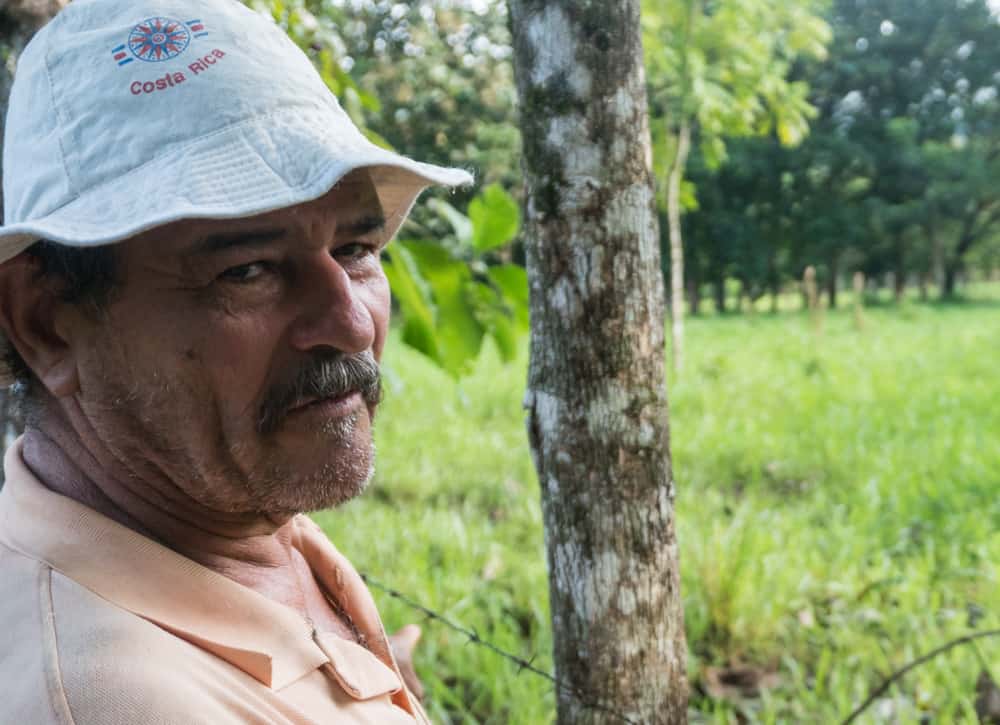Here in the city of San Isidro de el General, in the canton of Perez Zeledon, they are taking it to the streets. Well over a thousand locals gathered recently inside and outside of the Centro Cultural, where the city council met to vote on whether to confirm or reject the The National Plan de Ordenamiento Territorial (POT).
According to its supporters, the plan is simply a set of zoning laws and restrictions meant to bring order and encourage sustainable development. But for many here, it was another example of disrespecting the majority opinion, and of government overreach. The vote, taken in front of more than 300 locals was unanimous to reject.
The vote was met with sustained cheers and applause both inside and on the street. But this council is on the way out, and a new set of regidores will be taking office in May. While this was big news in the Southern Zone, it was only lightly reported in the national media.
This is nothing new to those living on the other side of the mountain. This area of Costa Rica is somewhat comparable to the western half of the US a century ago: Removed from the power centers, ringed by rugged mountain ranges, with a mix of agriculture and adventure. This was not an easy area to settle;
Some early pioneers died of exposure crossing the 3,000 meter (10,000 feet) mountain that was later christened Cerro del Muerte (Death Mountain) for all those who perished during the trek. Settling and development of this area came later than most of the rest of the country.
The resistance to the zoning plan is largely due to the one size fits all nature of the POT. What is good for the San Jose metro area– where 80% of the population resides– is not necessarily good for the Southern Zone, where in the rural areas that make up the majority of the sector, multi-acre plots are the norm.
The proposed plan would heavily burden the small farmer– of which there are many in the region, restricting and limiting use of their land, applying the same rules for land use as would be done in the urban metro areas. I live a couple kilometers uphill from the center of San Isidro de el General, in a barrio of fenced lots and family houses. One of my neighbors has a cow in his backyard. Another raises chickens.
The old ways live on here, and the last thing anyone wants is their way of living trampled on by lawmakers on the other side of the mountain. The regulatory plan, as presently written, stacks the deck in favor of urban developers and against the campesino, and those who wish to live their lives much as their parents and grandparents did: Using their private property as they best see fit, and not be dictated to by politicians.
The independent streak on display was nothing new to the inhabitants of this area. Perez Zeledon was a key rebel outpost during the 1948 Civil War, and something of that rebellious spirit lives on today. (The rebels, by the way, were the good guys, who won the war, reinstalled the legally elected president, and abolished the army).
In May, a new council takes power and the vote will come up again. And when the vote is taken, the people will be in the street, and in the auditorium, defending their rights, and making sure their locally elected officials make the decision that is in the best interest of the region






